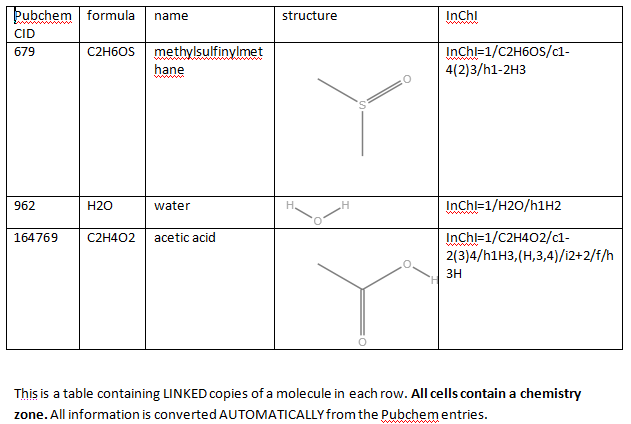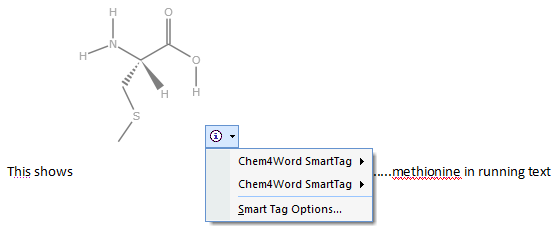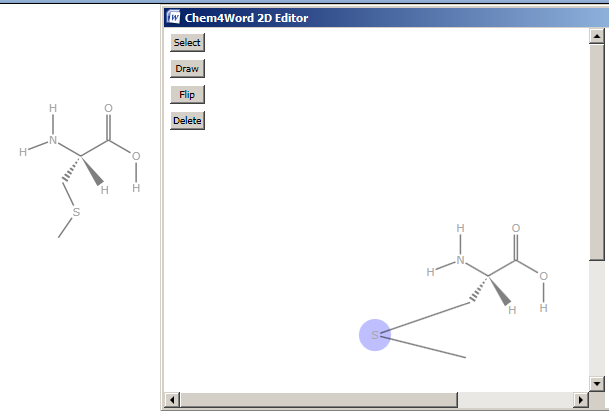Rudy and I presented the C4W demo to about 150 people, mainly from pharma/IT. We’ed heard about the Pistoia Alliance which aims to bring together pre-competitive elements in the pharma industry – to share standards, data , protocols. So it was a good setting.
I was presenting from Rudy’s machine with whose touchpad I was rather unfamiliar with, and also we magnified the text so that people could read it – at the cost of some clipping. I’d had some challenge remembering the precise keystrokes to load and show the ontology markup so we actually started with a fairly complete document. As always with interactive demos it’s quite an effort to remember where to go next, what to say and to keep it moving.
Anyway C4W has got its first public showing – and we can now show you a screen shot:
The point to stress is that each cell is semantic – they all show different surface features of the molecule in the row. We’ve chosen 5 views – identifier, formula, name, 2D diagram and InChI. But each of these could be clicked to change to a different representation.
What’s important to realise is that C4W is not a molecular editor, it’s a chemical document editor. Here we are editing the DOCUMENT:
We can, of course, edit molecules and here’s an example
Here the S atom has been picked and dragged and when the editor is saved this will update the document.
More later…



I have probably missed where you say this already, but am I right in thinking C4W is to be posted on Microsoft’s OS site, and therefore available for trial *soon*? Would love to have a play with it.
Pingback: Computational Organic Chemistry » Semantic web publishing
The progress with Chem4Word is hugely impressive and important. But I would like to remind that the first steps to this were taken a long time ago now. In an article published in 2001, we set out much of the framework. I have taken the liberty of pasting the abstract of that effort here. In essence, we have moved from a very simple article markup (DocML) to the sophisticated one used by Microsoft, but the essence of transcluding interoperating and namespaced XML languages, the CML component of which is data rich, is preserved to the present.
“We report the first fully operational system for managing complex chemical content entirely in interoperating XML-based markup languages. This involves the application of version 1.0 of chemical markup language (CML 1.0) and the development of mechanisms allowing the display of CML marked up molecules within a standard web browser (Internet Explorer 5). We demonstrate how an extension to include spectra and reactions could be achieved. Integrating these techniques with existing XML compliant languages (e.g. XHTML and SVG) results in electronic documents with the significant advantages of data retrieval and flexibility over existing HTML/plugin solutions. These documents can be optimised for a variety of purposes (e.g. screen display or printing) by single XSL stylesheet transformations. An XML schema has been developed from the CML 1.0 DTD to allow document validation and the use of data links. A working online demonstration of these concepts, termed ChiMeraL, containing a range of online demonstrations, examples and CML resources such as the CML DTD and schema has been associated with this article via the supplementary material.”
I would note that IE 5 was a quite different beast from the present one, and that inevitably, our demonstrator called ChiMeraL, no longer functions! Would anyone like to offer to repair it?
Bachrach has also blogged on the topic, and a discussion is also developing there